View all Standards for Florida Sunshine State Standards
TH.912.S.1.8 Use research to extract clues in dramatic texts to create performances or technical elements, choosing those that are most interesting and that best convey dramatic intent.
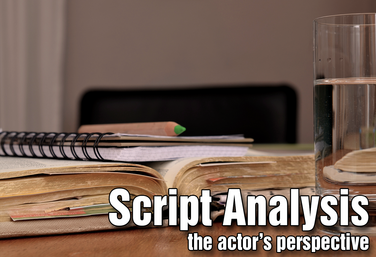
Part of the Drama One Curriculum
Script Analysis: The Actor's Perspective
by Karen Loftus
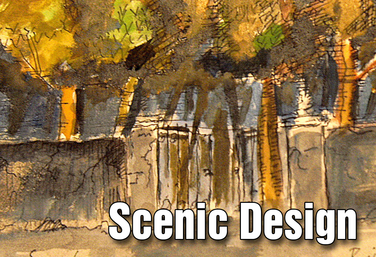
Part of the Drama One Curriculum
Scenic Design
by Karen Loftus
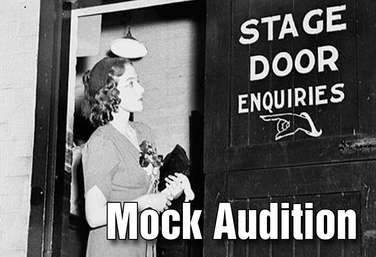
Mock Audition
by Lindsay Price
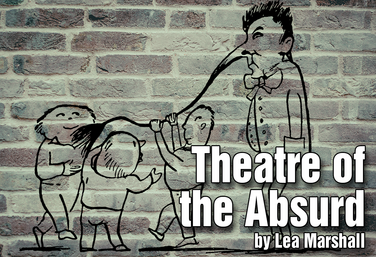
Theatre of the Absurd
by Lea Marshall
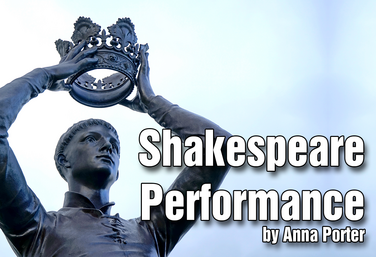
Shakespeare Performance
by Anna Porter
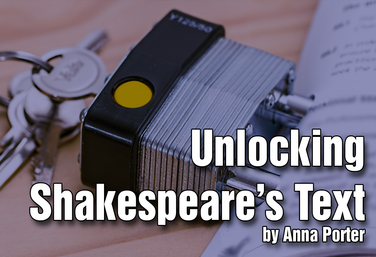
Unlocking Shakespeare's Text
by Anna Porter
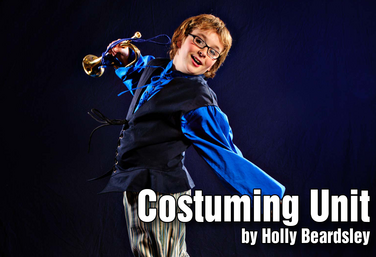
Costuming
by Holly Beardsley
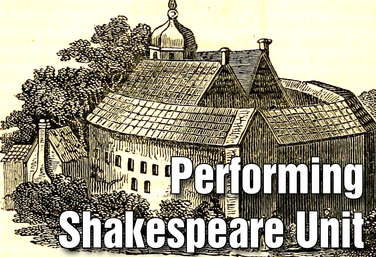
Part of the Drama Two Curriculum
Performing Shakespeare
by Matt Webster
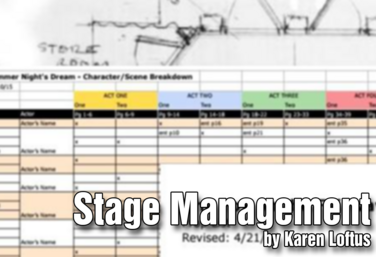
Stage Management
by Karen Loftus
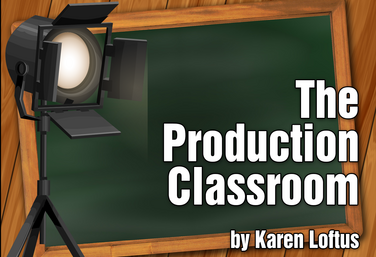
Part of the Production Classroom Units Curriculum
Production Classroom Units Overview
by Karen Loftus

Part of the Production Classroom Units Curriculum
Part One - Pre-Production
by Karen Loftus

Part of the Production Classroom Units Curriculum
Part Two - Rehearsal and Performance
by Karen Loftus

Part of the Production Classroom Units Curriculum
Part Two - Documents
by Karen Loftus

Part of the Production Classroom Units Curriculum
Part Three - Reflection and Assessment
by Karen Loftus
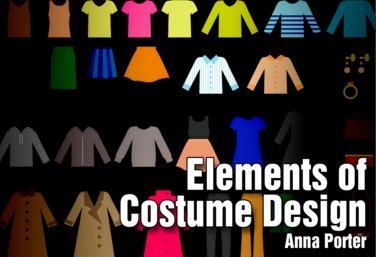
Elements of Costume Design *Hyperdoc
by Anna Porter
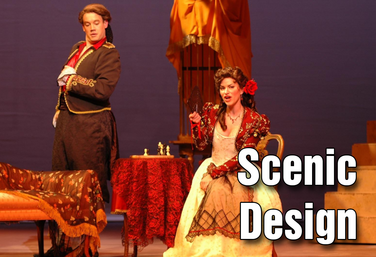
Part of the Stagecraft Without a Theatre Curriculum
Scenic Design
by Karen Loftus

Part of the Stagecraft Without a Theatre Curriculum
Costume Design
by Holly Beardsley, Karen Loftus, and Josh Hatt

Part of the Stagecraft Without a Theatre Curriculum
Culminating Project
by Karen Loftus
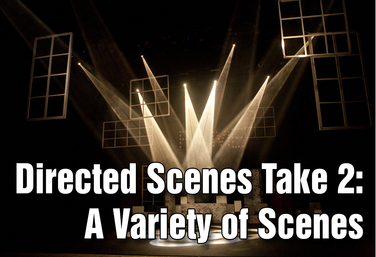
Part of the Middle School Curriculum
Unit Seven: Directed Scenes Take 2: A Variety of Scenes
by Lindsay Johnson
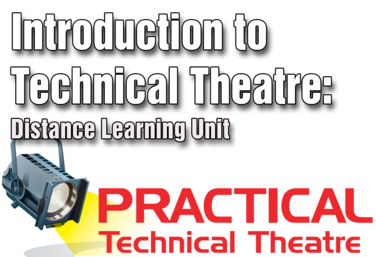
Part of the Distance Learning Curriculum
Introduction to Technical Theatre: Distance Learning
by Lindsay Price
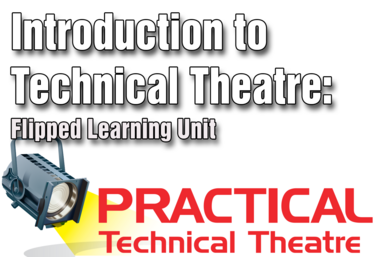
Introduction to Technical Theatre: Flipped Learning
by Lindsay Price

Part of the Distance Learning Curriculum
Mock Audition
by Lindsay Price
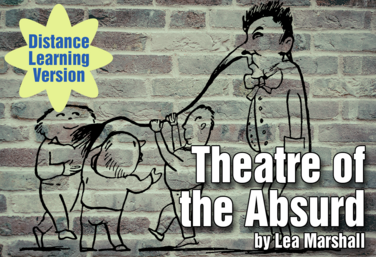.png)
Part of the Distance Learning Curriculum
Theatre of the Absurd
by Lea Marshall
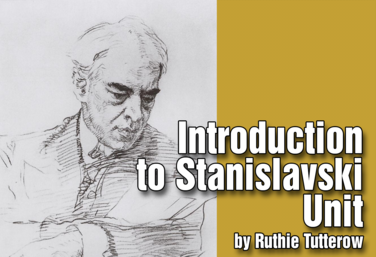
Introduction to Stanislavski
by Drama Teacher Academy
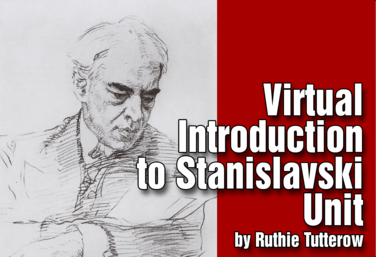
Virtual Introduction to Stanislavski
by Drama Teacher Academy
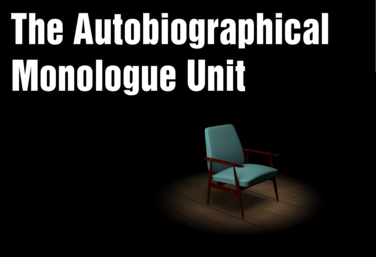
The Autobiographical Monologue
by Gai Jones
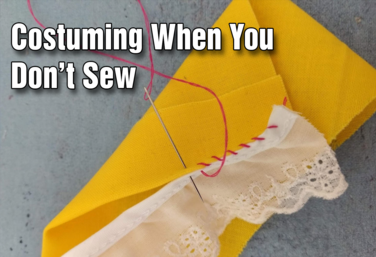
Tech Theatre Unit: Costuming When You Don't Sew
by Drama Teacher Academy
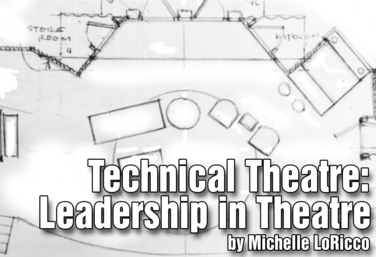
Technical Theatre: Leadership in Theatre
by Michelle LoRicco
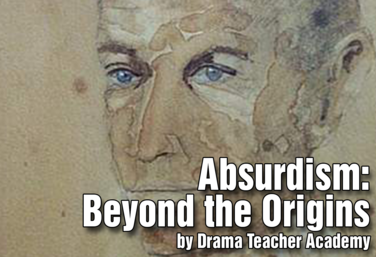
Absurdism: Beyond the Origins
by Drama Teacher Academy

Spoken Word Poetry
by Quincy Young

The Do-it-All Director's Introduction to Costuming
by Holly Beardsley

Working With Monologues For Rehearsal And Development
by Gai Jones
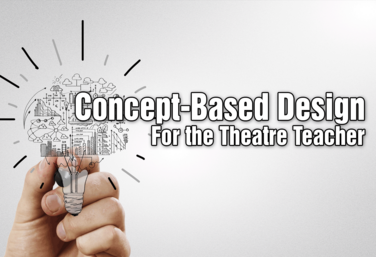
Concept-Based Design for the Theatre Teacher
by Matt Webster
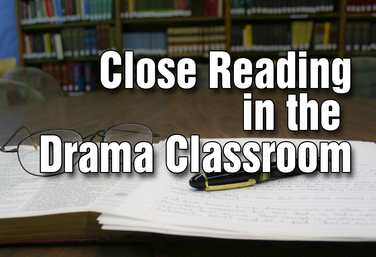
Close Reading in the Drama Classroom
by Lindsay Price
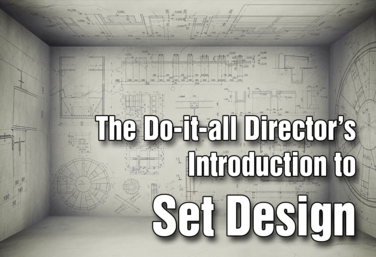
The Do-it-All Director's Introduction to Set Design
by Holly Beardsley
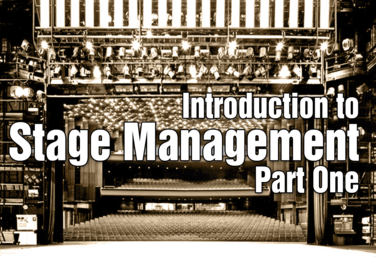
Introduction to Stage Management Part One
by Karen Loftus
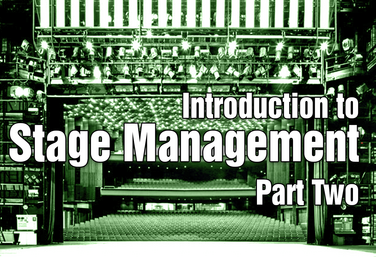
Introduction to Stage Management Part Two
by Karen Loftus

The Production Classroom
by Karen Loftus
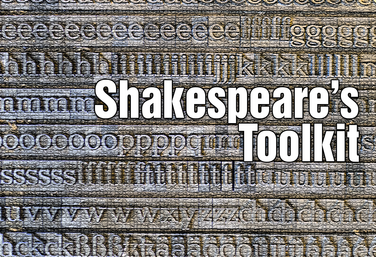.png)
Shakespeare's Toolkit
by Todd Espeland

21st Century Skills Through Devising
by Allison Williams

Beyond the Basics: Rehearsal Strategies to Grow Your Actors
by Julie Hartley
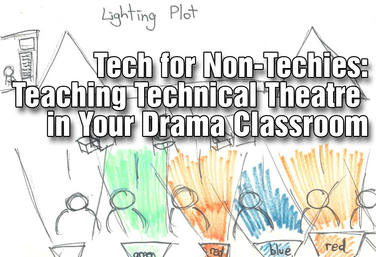
Tech for Non-Techies: Teaching Technical Theatre in Your Drama Classroom
by Josh Hatt

Director's Toolbox 2: Teaching Students to Direct
by James Van Leishout
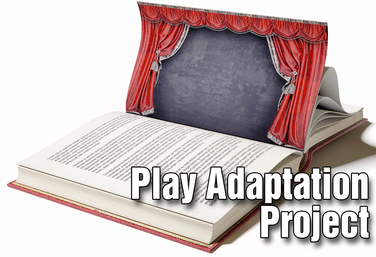
Play Adaptation Project
by Lindsay Price
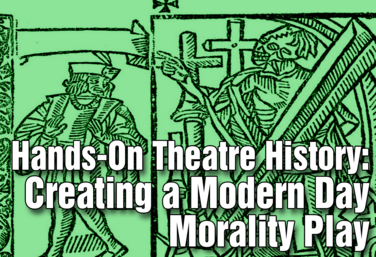
Hands-On Theatre History: Creating a Modern Day Morality Play
by Wendy-Marie Martin
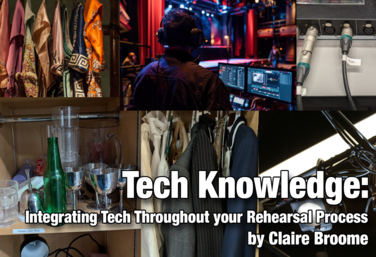
Tech Knowledge: Integrating Tech Throughout Your Rehearsal Process
by Claire Broome
View all Standards for Florida Sunshine State Standards Standards Master List